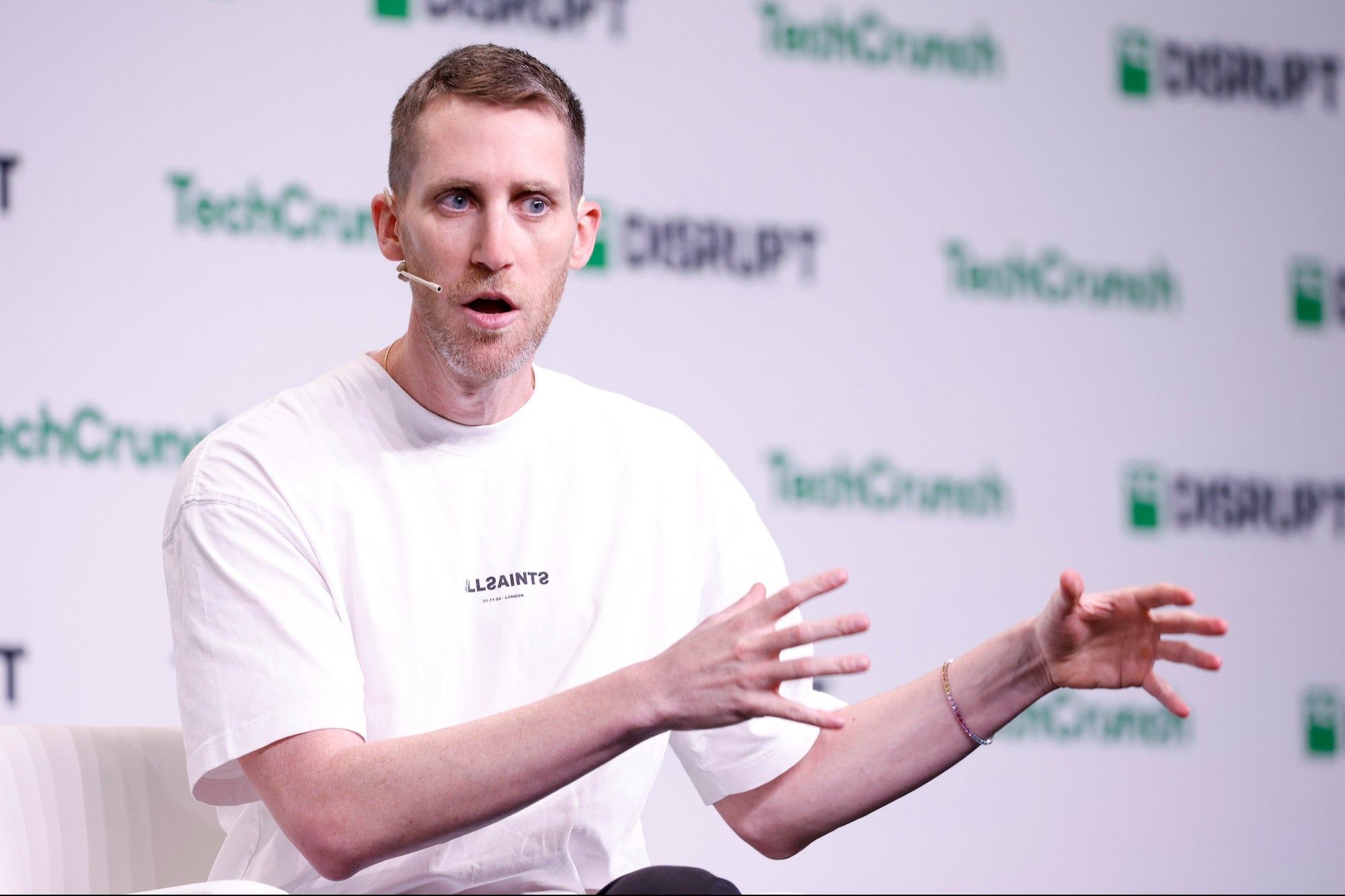These 5 Steve Jobs Keynotes Will Inspire You to Better Sell Your Ideas The late Apple CEO turned the product launch into an art form, and leaves a legacy for public speakers to follow.
By Carmine Gallo Edited by Jason Fell
Opinions expressed by Entrepreneur contributors are their own.
A Steve Jobs keynote was a tightly choreographed and relentlessly prepared presentation, according to the new book Becoming Steve Jobs, by Brent Schlender.
Jobs turned the product launch into an art form. He also leaves a legacy by which entrepreneurs can learn to dazzle their audiences. The following five keynotes will help anyone give the presentation of a lifetime.
1. The Mac launch
Every Steve Jobs presentation had one moment that people would be talking about the next day. These "moments" were tightly scripted and relentlessly rehearsed. Remarkably, Jobs' flair for the dramatic started before PowerPoint or Apple Keynote were available as slide design tools, which proves you don't need slides to leave your audience breathless.
Related: Former Apple CEO John Sculley: This Is What Made Steve Jobs a Genius
On Jan. 24, 1984, Steve Jobs introduced the first Macintosh with a magician's flair for the big reveal. He showed a series of images and said, "Everything you just saw was created by what's in that bag." And with that Jobs walked to the center of a darkened stage that had a table and a canvas bag sitting on top it. He slowly pulled the Mac from the bag, inserted a floppy disk, and walked away as the theme from Chariots of Fire began to play as images filled the screen.
The lesson: A presentation doesn't always need slides to wow an audience.
2. The iPhone
The rule of three is one of most powerful concepts in writing. The human mind can only retain three or four "chunks" of information. Jobs was well aware of this principle and divided much of his presentations into three parts. Sometimes he even had fun with it.
For example, on Feb. 16, 2007, Jobs told the audience to expect three new products: a new iPod, a phone and an "Internet communication device." After repeating the three products several times, he made the big reveal -- all three products were wrapped in one new device, the iPhone.
The lesson: Introduce three benefits or features of a product, not 23.
3. The first MacBook Air
When Jobs introduced the "world's thinnest notebook," the MacBook Air, he walked to the side of the stage, pulled out a manila envelope hiding behind the podium and said, "It's so thin it even fits inside one of those envelopes you see floating around the office." With a beaming smile, he slowly pulled it out of the envelope for all to see.
Most presenters would have shown photographs of the product. Jobs took it one step further. He knew what would grab people's attention. This did. Most of the blogs, magazines and newspapers that covered the launch ran a photograph of Steve Jobs pulling the computer out of the envelope.
The lesson: Don't just tell us about a product, show it to us, and do it with pizzazz.
Related: 5 Things I Learned About Successful Startups From Steve Jobs
4. The iTunes Store
Every great drama has a hero and a villain. Steve Jobs was a master at introducing both heroes and villains in the same presentation. On April 28, 2003, Jobs convinced consumers to pay 99 cents for songs. Jobs began with a brief discussion of Napster and Kazaa, sites that offered "near instant gratification" and, from the user's perspective, free downloads. On the next slide he listed the "dark side." They were:
- Unreliable downloads
- Unreliable quality ("a lot of these songs are encoded by 7-year-olds and they don't do a great job.")
- No previews
- No album cover art
- It's stealing ("It's best not to mess with karma.")
In the next section of the presentation Jobs replaced each of the drawbacks with the benefits of paying for music.
- Fast, reliable downloads
- Pristine encoding
- Previews of every song
- Album cover art
- Good Karma
The lesson: Great presentations have an antagonist -- a problem -- followed by a hero -- the solution.
5. The genius in their craziness
In 1997, Jobs returned to Apple after a 12-year absence. Apple was close to bankruptcy at the time and was quickly running out of cash.
Near the end of Jobs' keynote at Macworld in August 1997, he slowed the pace, lowered his voice, and said: "I think you always had to be a little different to buy an Apple computer. I think the people who do buy them are the creative spirits in the world. They are the people who are not out just to get a job done, they're out to change the world. We make tools for those kind of people. A lot of times, people think they're crazy. But in that craziness, we see genius. And those are the people we're making tools for."
The lesson: Don't forget to motivate your internal audience -- your team, employees and partners. Give them a purpose to rally around.
When I wrote The Presentation Secrets of Steve Jobs, I argued that Jobs was the world's greatest brand storyteller. When I watch these presentations over again, I'm convinced he's still the best role model for entrepreneurs who will pitch the next generation of ideas that will change the world.
Related: Top 10 Ways to Make Your Presentations More Memorable











